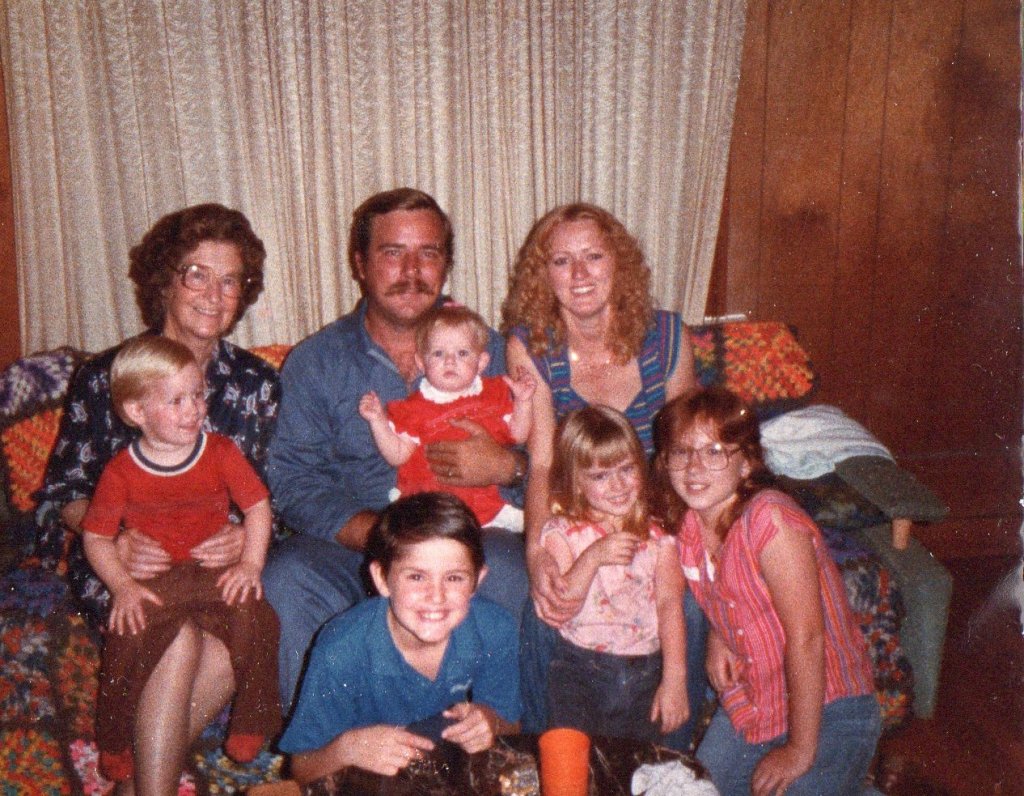-
Posts
7,747 -
Joined
-
Last visited
Content Type
Profiles
Forums
Gallery
Events
Everything posted by CDW
-
Kermit Weeks takes his Albatros for a ride on a beautiful, sunny Florida day. If you ride east on I-4 out of Tampa toward Orlando, you'll often see Kermit flying one of his vintage warbirds. The man has some beautiful aircraft, I can tell you that with certainty. It's funny watching this Albatros in flight...it really does sound just like a farm tractor.
-

Sopwith Camel F.1 - Model Airways - 1/16 Scale (3/4" = 1')
CDW replied to DocBlake's topic in Non-ship/categorised builds
A very very very true statement, sound advice. -

Sopwith Camel F.1 - Model Airways - 1/16 Scale (3/4" = 1')
CDW replied to DocBlake's topic in Non-ship/categorised builds
My oldest brother was co owner of a small airfield in a rural Florida area. They had two Citabrias that were fully aerobatic. Big brother took me for some great aerobatic flying sessions and gave me lots of stick time. Man, those were some fun days in the 60's and early 70's. But one of the most fun rides ever was in an aerobatic sail plane. Back in those days, it was relatively cheap to acquire a pilot's license and there were affordable aircraft to be had. Not so much today. -
I wonder if there are any of the major WW2 warship's ship boats still in existence. They had some nice looking boats.
- 345 replies
-
- graf zeppelin
- trumpeter
-
(and 2 more)
Tagged with:
-
She's really coming along nicely, Denis. I like the dry brushing you did. Your bathroom ordeal reminds me of when we lived a short month or two in a rented house in the mountains of West Virginia and all we had was an outhouse. But hey, it had a natural gas heater inside it and was a double seater. A side-by-side model. 😕 Who in the heck sits on the outhouse throne with someone else at their side? Riddle me that. It sure ain't me. 😄
-
The effort you put into the detail of the flight decks has paid off. Looks very convincing and busy as it would on a real carrier.
- 345 replies
-
- graf zeppelin
- trumpeter
-
(and 2 more)
Tagged with:
-

Clear Coats in the Tropics
CDW replied to Richmond's topic in Painting, finishing and weathering products and techniques
The biggest concern I have is the relative humidity level where I am spray painting. Ideal level is 40 - 50%. High humidity will cause paint drying issues and causes clear coats to fog. Low humidity can also be a problem, but it's unlikely you're dealing with low humidity in a tropical environment. -
Oh wow, that tire. You are very fortunate not to have had a major mishap. Any idea what may have caused that tire to come apart like that? I know you must be concerned now about the other three tires. I love the way your model is progressing. It is beautiful.
- 961 replies
-
I like the cut out with a view of the torpedo bay detail. Far superior to the clear hull, by far. Very nice attention to details.
-
Early 1983, so that's been 36 years ago. The little boy my mother is holding sitting next to me has four boys of his own now. The baby girl in my lap turns 37 this month. When our (then) baby girl was 15, our new baby girl was born (1997). What a surprise that was. Didn't see that one coming. 🙂
-
What a beautiful ship. She should hold a place of honor in your home as I am certain your visitors are going to love it as much as I do seeing it here.
- 1,306 replies
-
- syren
- model shipways
-
(and 1 more)
Tagged with:
-
They have been my joy.
-
Those Kalmbach books peaked my interest so much back then, but I just didn't have the money at that time to finance the model rail road hobby. We had 5 little babies running around the house and climbing the curtains. It was all we could do to keep our household afloat. Extra space was a huge factor, too. There is a reason the model railroad hobby was always filled mostly with seniors, and money was probably the biggest reason why.
About us
Modelshipworld - Advancing Ship Modeling through Research
SSL Secured
Your security is important for us so this Website is SSL-Secured
NRG Mailing Address
Nautical Research Guild
237 South Lincoln Street
Westmont IL, 60559-1917
Model Ship World ® and the MSW logo are Registered Trademarks, and belong to the Nautical Research Guild (United States Patent and Trademark Office: No. 6,929,264 & No. 6,929,274, registered Dec. 20, 2022)
Helpful Links
About the NRG
If you enjoy building ship models that are historically accurate as well as beautiful, then The Nautical Research Guild (NRG) is just right for you.
The Guild is a non-profit educational organization whose mission is to “Advance Ship Modeling Through Research”. We provide support to our members in their efforts to raise the quality of their model ships.
The Nautical Research Guild has published our world-renowned quarterly magazine, The Nautical Research Journal, since 1955. The pages of the Journal are full of articles by accomplished ship modelers who show you how they create those exquisite details on their models, and by maritime historians who show you the correct details to build. The Journal is available in both print and digital editions. Go to the NRG web site (www.thenrg.org) to download a complimentary digital copy of the Journal. The NRG also publishes plan sets, books and compilations of back issues of the Journal and the former Ships in Scale and Model Ship Builder magazines.

.jpg.7e80607770d9078b2f0b470e8c9c33ac.jpg)

